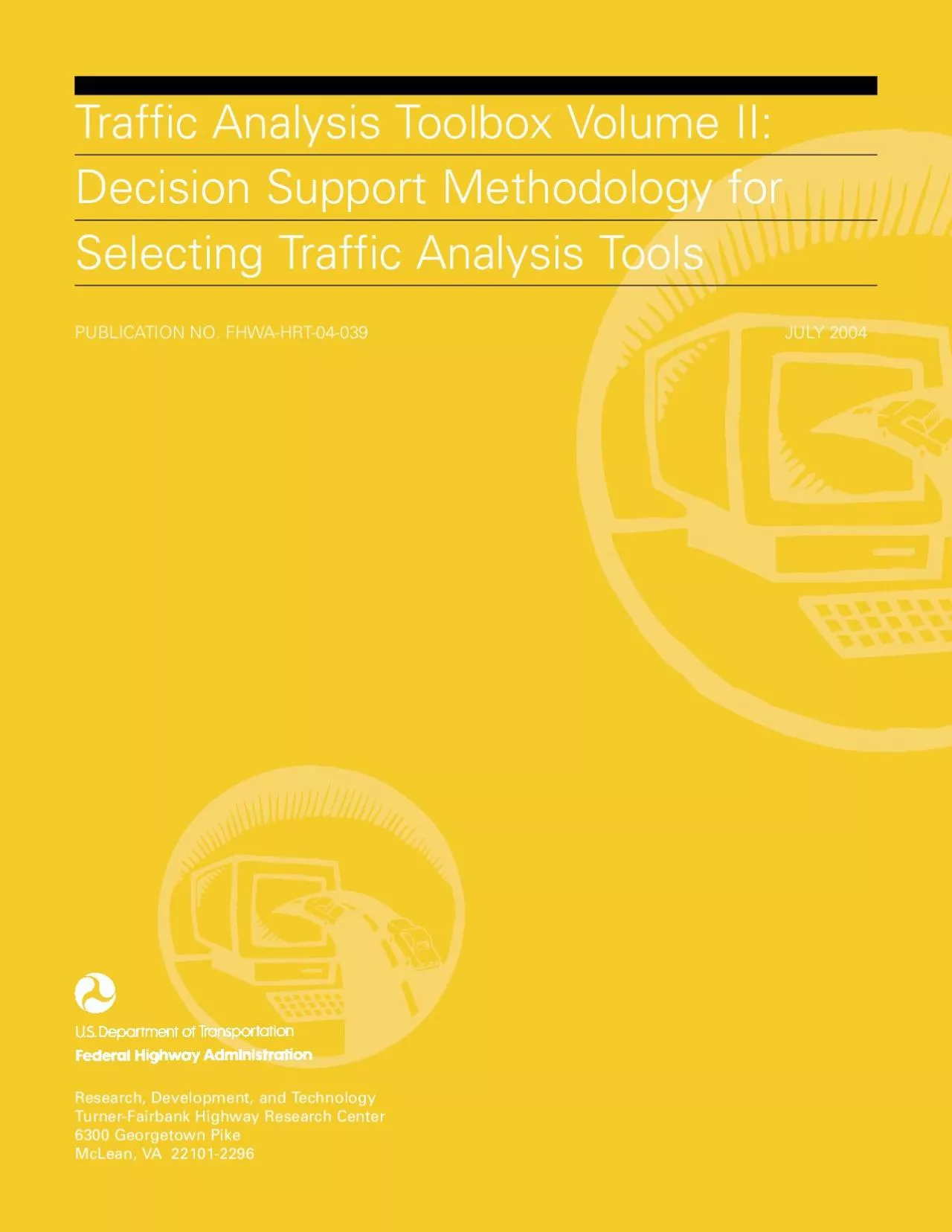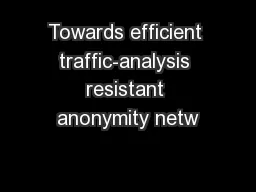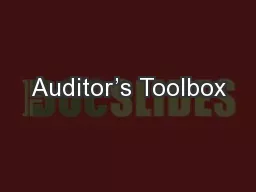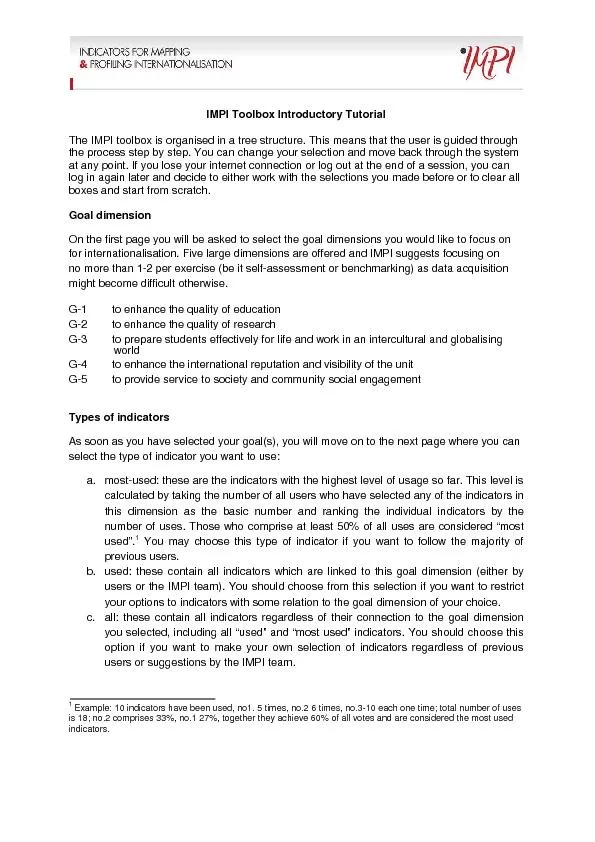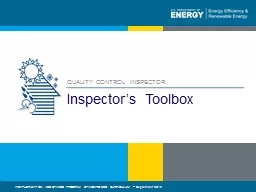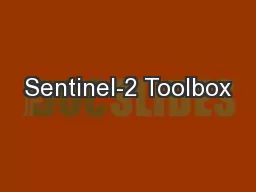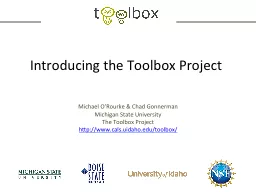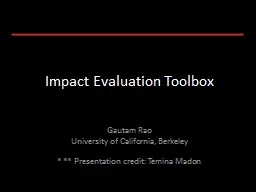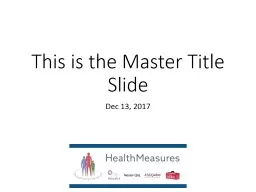PDF-Traffic Analysis Toolbox Volume II
Author : grace3 | Published Date : 2021-08-23
Decision Support Methodology forSelecting Traffic Analysis ToolsPUBLICATION NO FHWAHRT04039JULY 2004Research Development and TechnologyTurnerFairbank Highway Research
Presentation Embed Code
Download Presentation
Download Presentation The PPT/PDF document "Traffic Analysis Toolbox Volume II" is the property of its rightful owner. Permission is granted to download and print the materials on this website for personal, non-commercial use only, and to display it on your personal computer provided you do not modify the materials and that you retain all copyright notices contained in the materials. By downloading content from our website, you accept the terms of this agreement.
Traffic Analysis Toolbox Volume II: Transcript
Download Rules Of Document
"Traffic Analysis Toolbox Volume II"The content belongs to its owner. You may download and print it for personal use, without modification, and keep all copyright notices. By downloading, you agree to these terms.
Related Documents

